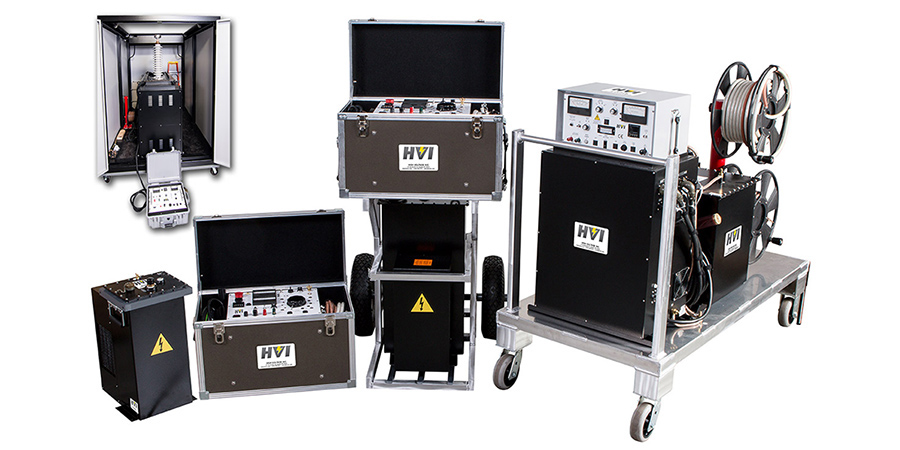What is VLF Cable Testing?

VLF cable testing is an abbreviation for “Very Low Frequency" testing, used to verify the integrity of cable insulation. The testing is a withstand test that usually has an output frequency range of 0.1 Hz to 0.01 Hz rather than 50/60 Hz. VLF tests are conducted on an entire drum of cable instead of a test sample length. Although the frequency is very low, the current alternate polarity every half cycle.
VLF Cable Testing Equipment

VLF cable testers, also known as VLF hipot testers, are used to conduct VLF withstand testing.
VLF Testing Equipment Specification
- Load capability
- Frequency range
- Output power
- Input power
- Voltmeter
- Load capacitance
- Load rating
What does a VLF test do?
VLF testing utilizes very low frequencies for testing cable conformity, quality, and functionality. The most used test voltage sources are cosine-rectangular and the sinusoidal wave shapes. VLF testers are used in the testing, and they are typically smaller and more practical. The testing duration is usually between 15 to 60 minutes.
Types of VLF Cable Testing
- VLF Withstand Testing
- VLF Tan Delta Testing
- VLF Partial Discharge Testing
VLF Testing Methods
Apply VLF to cables in a simple withstand approach to detect potential faults in the cable insulation during a planned outage. This method operates from a "pass/fail" result and typically uses sine and square wave shapes (IEEE 400.2 standard uses the peak voltage level to equate the wave shapes). Frequency range is within 0.01 Hz to 0.1 Hz and the selection depends on the load presented by the cable.Utilizing VLF to cables in a monitored withstand approach where a diagnostic measurement is made before and during the test. Some cables are not suitable for withstand testing. When a diagnostic indication is obtained at a lower voltage, it is not required to perform withstand testing. Applying a diagnostic parameter can optimize test times during the measurement.
Apply VLF to measure insulation losses (the insulation dissipation factor or Tan-delta). This testing method is usually performed over a test voltage range of 0.5 Uo to 2 Uo, depending on the standard requirement.
Apply VLF to detect and measure partial discharge. In this case, IEEE 400.3 outlines a procedure for assessment and IEC 60270 offers the background for partial discharge testing of high-voltage apparatus. The test is usually performed over a certain voltage range to identify the different faults.
VLF Testing Standards
- IEEE 400-2012
- For field testing and evaluation of the insulation of shielded power cable systems rated >5 kV
- IEEE 400.2-2013
- For field testing of shielded power cable systems, using VLF
- IEC 60502-2:2014 Cables for rated voltages from 6 kV to 30 kV
- CENELEC HD620 S1
- DIN VDE 0276
Top 3 VLF Cable Tester Options


